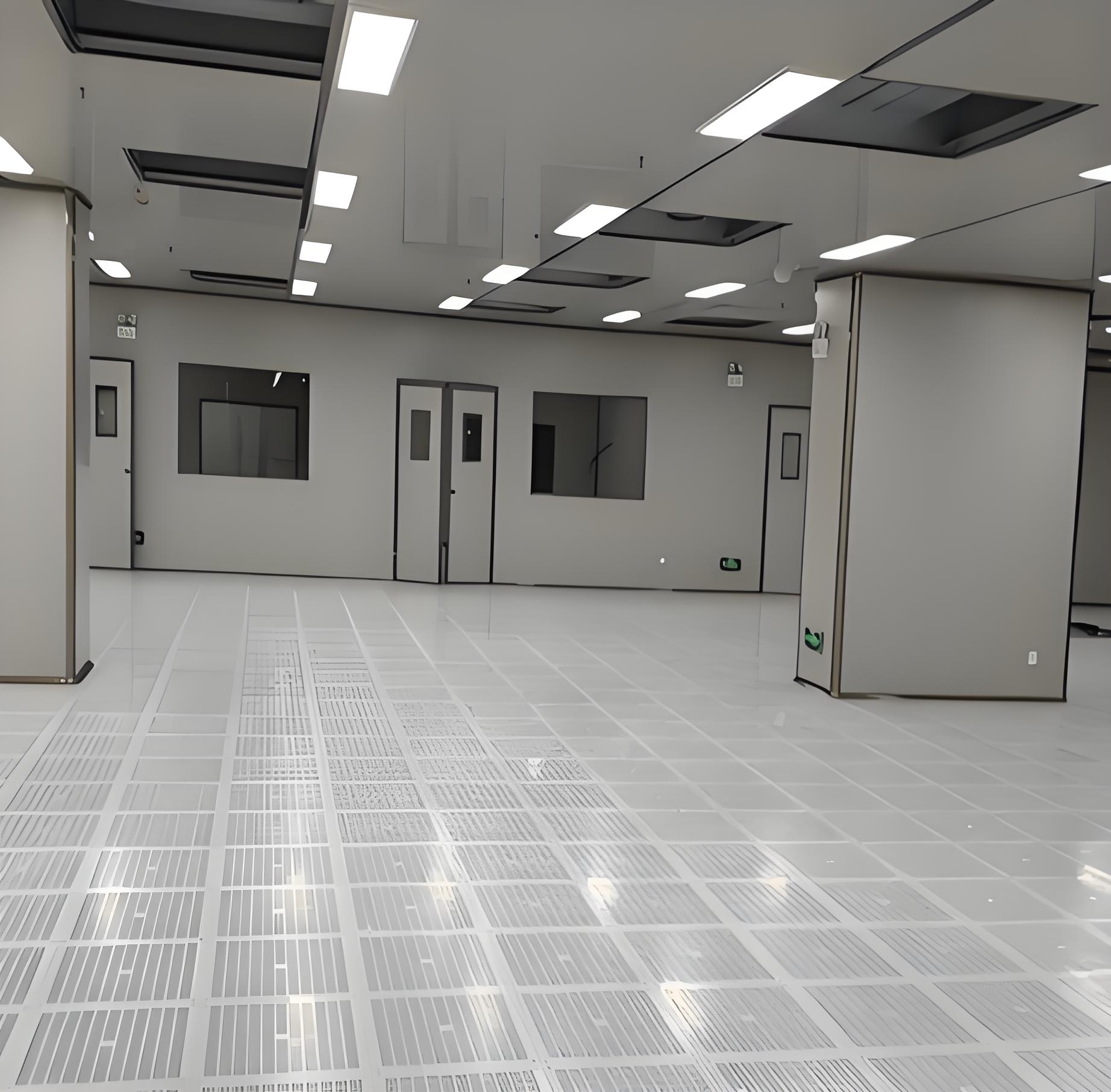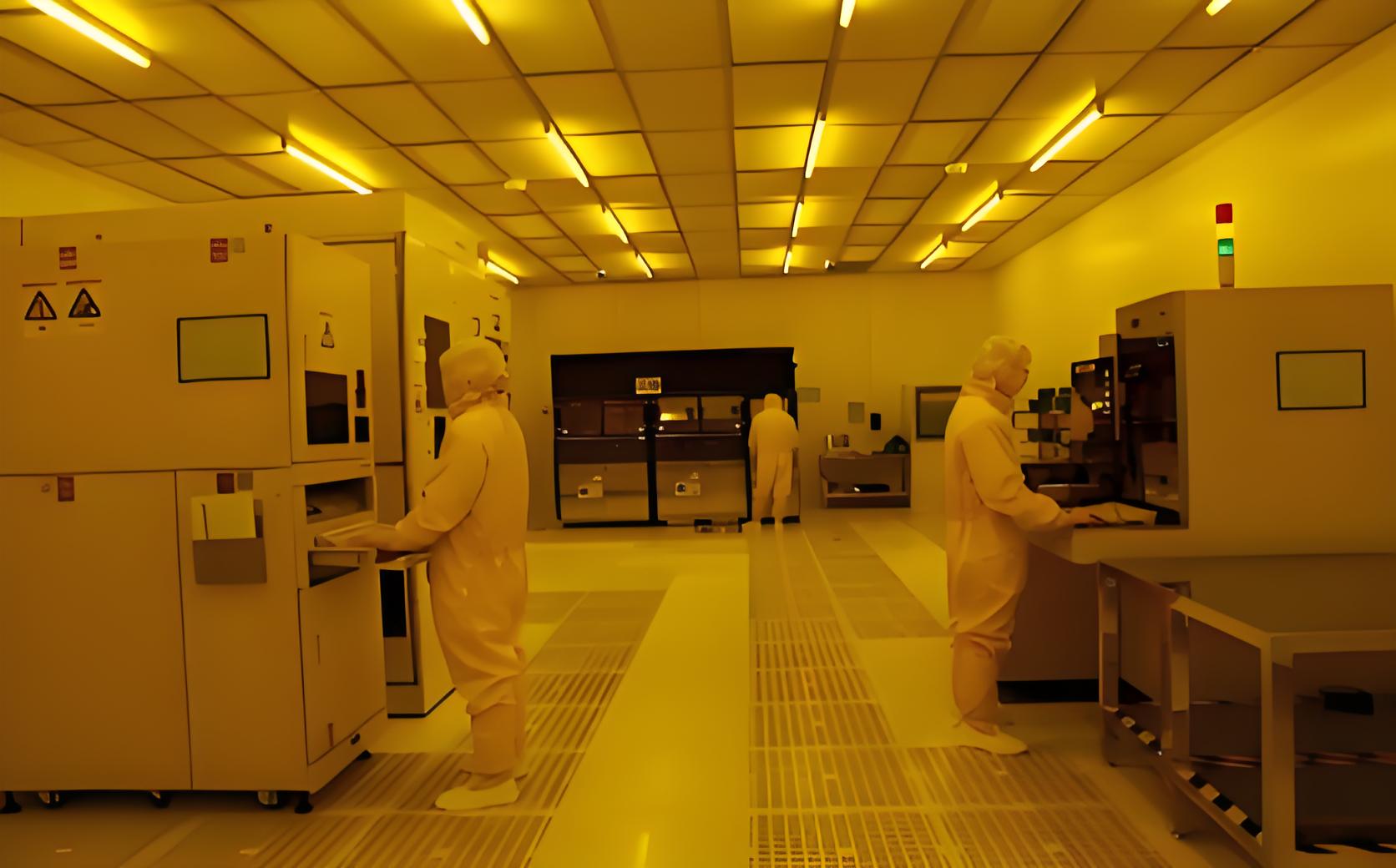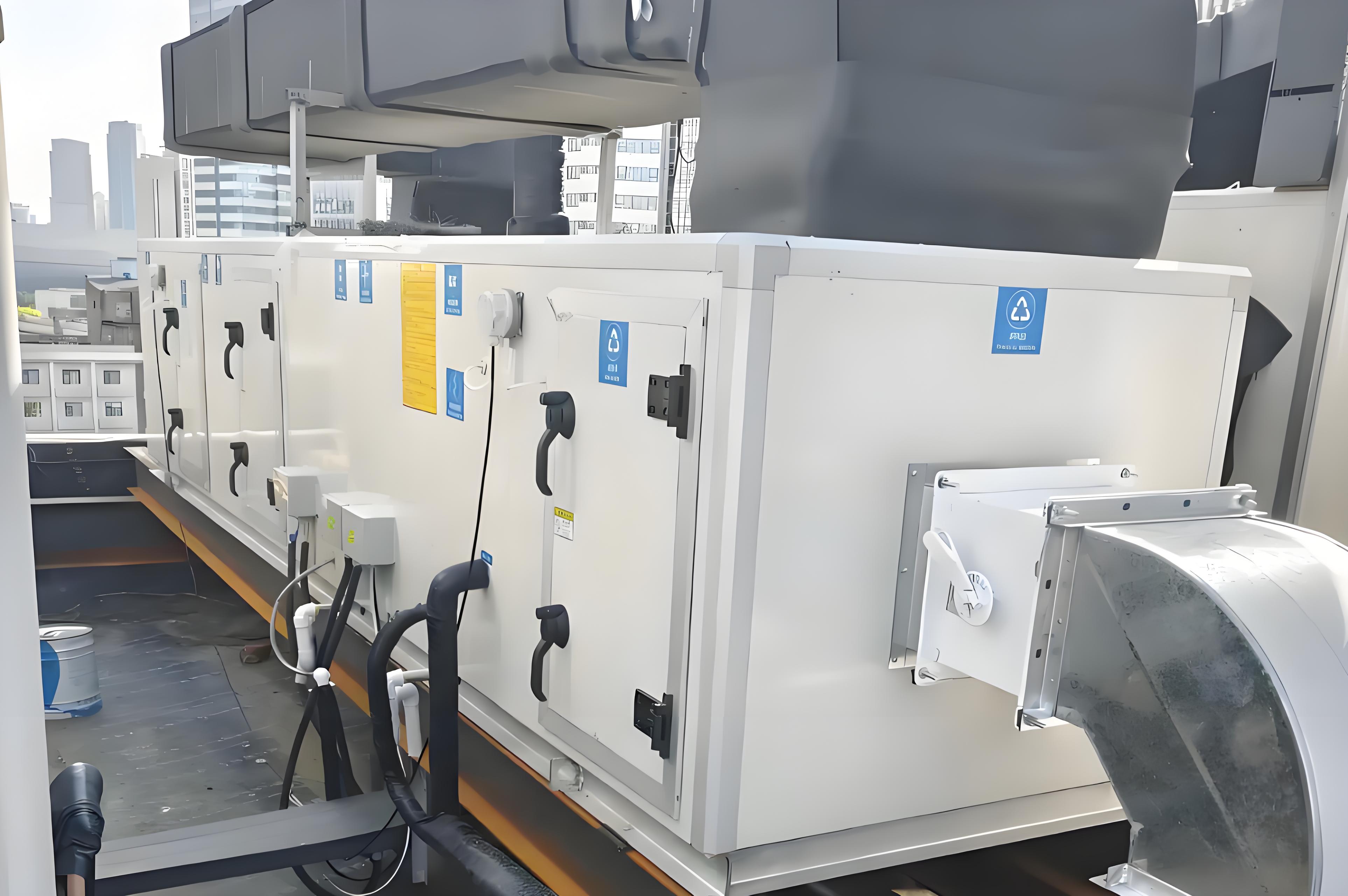




If you're managing a facility where the air must be cleaner than a hospital operating room, you already know that clean room temperature control is a non-negotiable pillar of your operation. But what separates a basic functioning system from a truly robust, reliable, and compliant one? The difference often lies in the details of the design, the technology selected, and the expertise behind the implementation. This isn't just about comfort; it's about protecting multi-million dollar production batches, ensuring the integrity of sensitive research, and adhering to strict international standards. In this deep dive, we'll cut through the complexity to explain what makes an effective clean room temperature and humidity control system, the costs involved, and how to choose a solution that won't let you down. Companies like Taijier have built their reputation on delivering precisely this level of unwavering environmental stability for critical industries worldwide.

Why is there such an obsession with a single degree? In environments where the concentration of airborne particles is meticulously managed, temperature is a master variable. Its stability directly impacts:
Process Stability: In semiconductor manufacturing, thermal expansion can misalign lithography processes, ruining entire wafers. In pharmaceuticals, chemical reaction rates are temperature-dependent; a slight shift can alter a drug's potency or shelf-life.
Humidity Correlation: Temperature and relative humidity are locked in a dance. A poorly controlled temperature will cause wild swings in humidity, which can lead to microbial growth, static electricity (a killer for electronics), or the hydration of hygroscopic materials.
Personnel Comfort and Contamination: Technicians in full bunny suits generate significant body heat. An improperly cooled room leads to discomfort and excessive sweating, which dramatically increases particulate shedding, compromising the cleanroom's core purpose.
Simply put, without precise clean room temperature control, you are fundamentally risking product quality, yield, and regulatory compliance.
No one gets to make up their own rules here. Clean room environmental control is governed by a framework of international standards that, while not always specifying exact setpoints, mandate strict monitoring and demonstration of control.
ISO 14644: This is the global benchmark. It requires that "other relevant parameters" like temperature and humidity be defined, controlled, and monitored to ensure the cleanroom's intended performance.
EU GMP Annex 1: For pharmaceutical and sterile product manufacturing, this guideline is law. It explicitly states that temperature should be controlled to prevent contamination and cross-contamination, with defined limits and a robust monitoring system.
FDA Regulations: The U.S. Food and Drug Administration requires manufacturing processes to occur within controlled environments, with data to prove that conditions like temperature were maintained within validated ranges.
Your clean room HVAC design must be validated to prove it can meet these requirements consistently, 24/7.
A standard commercial air conditioner is to a clean room HVAC system what a bicycle is to a Formula 1 car. The clean room version is a high-performance machine built for precision and reliability. Key components include:
Precision Air Handling Units (AHUs): These are the heart of the system. Unlike standard AHUs, they feature sophisticated controls, often with proportional-integral-derivative (PID) logic, to modulate cooling and heating outputs with extreme accuracy.
Chilled Water Systems or DX Cooling: Chilled water systems are preferred for larger, more stable applications due to their precise controllability. Direct Expansion (DX) systems can be used for smaller rooms.
Reheat Coils: This is a critical, and often misunderstood, element. To control humidity, the air is often overcooled to condense out moisture. A reheat coil then precisely warms the air back to the desired temperature setpoint without adding moisture, achieving independent clean room temperature and humidity control.
Advanced Building Management System (BMS): This is the brain. A proper BMS provides real-time monitoring, data logging, alarm notifications, and trend analysis for all parameters, creating the audit trail required for regulatory compliance.

Choosing the right system is more than comparing specs and prices. It's a strategic decision. Here’s a framework to guide your selection:
Define Your True Requirements: Start with your User Requirement Specification (URS). What are your exact setpoints and tolerances? (±0.5°C or ±1.0°C?)? What is the heat load from equipment and personnel? This document will be your roadmap.
Evaluate Redundancy: What is the cost of system failure? If a cooling compressor fails, can a backup take over without a process deviation? Redundancy in critical components is a key differentiator between a basic and a high-reliability system.
Scrutinize the Control Philosophy: Ask potential suppliers how their control sequences work. How do the cooling, heating, and dehumidification stages interact? A well-designed control strategy prevents the system from "hunting" around the setpoint, which causes wear and instability.
Consider Total Cost of Ownership (TCO): The initial price is just one part. Factor in energy efficiency, the availability of spare parts, and the supplier's reputation for service and support. A cheaper system that frequently breaks down or consumes excessive energy will be far more expensive in the long run. This is an area where experienced providers like Taijier add significant value, designing systems for optimal lifecycle cost.
The clean room temperature control cost is highly variable. It depends on the size of the room, the required precision, the level of redundancy, and the complexity of the heat loads. A small, Class 100,000 (ISO 8) room might require a modest investment, while a large, Class 100 (ISO 5) semiconductor fab with ±0.1°C tolerance could run into hundreds of thousands of dollars. The key is to view this not as an expense, but as a critical investment in risk mitigation and product quality assurance.
Technology is only half the battle. Proper installation, commissioning, and validation are what bring a system to life. This includes:
Airflow Balancing: Ensuring uniform air distribution to prevent hot or cold spots.
Performance Qualification (PQ): Demonstrating with data that the system consistently maintains the required temperature under full operational load.
Preventive Maintenance: A scheduled maintenance program is essential to prevent unforeseen downtime and maintain validation status.
This is where partnering with a seasoned engineering firm pays dividends. With a global portfolio of successful projects, Taijier exemplifies the kind of end-to-end service—from design and procurement to commissioning and maintenance—that ensures long-term operational success for a clean room environmental control system.
Achieving and maintaining perfect clean room temperature control is a complex engineering challenge with zero room for error. It demands a deep understanding of thermodynamics, regulatory standards, and robust system design. By focusing on your precise needs, investing in the right technology, and partnering with a provider that offers proven expertise, you can create an environment where your most critical processes are protected. In the high-stakes world of cleanroom operations, the stability of your temperature is the foundation upon which everything else is built.
Q1: What is the typical temperature range for a pharmaceutical clean room?
A1: There is no single "typical" range, as it depends on the specific process and occupant comfort. However, most pharmaceutical clean rooms are maintained between 20°C and 24°C (68°F and 75°F). The critical factor is not the absolute number but the ability to maintain a stable setpoint within a tight tolerance, often ±1.0°C or better, as defined in the site's User Requirement Specification.
Q2: How often should sensors for clean room temperature control be calibrated?
A2: The calibration frequency should be based on a risk assessment and the sensor's criticality. Typically, high-accuracy sensors used for GMP or critical process control are calibrated at least annually. It's also a best practice to have a routine check against a traceable reference instrument quarterly to ensure ongoing accuracy and data integrity.
Q3: Why does my clean room temperature fluctuate when the external weather changes?
A3: This often points to an issue with the building envelope or the clean room HVAC design. The system may be undersized, or the control sequences may not be properly compensating for the changing load on the building. Inadequate insulation or air leaks can allow external conditions to directly influence the highly controlled internal environment.
Q4: Is it possible to have separate control for temperature and humidity, or are they always linked?
A4: Yes, it is possible and necessary for precise clean room temperature and humidity control. This is achieved through a system that combines cooling for dehumidification with reheat coils. The air is overcooled to remove moisture, then precisely reheated to the target temperature. This decouples the two processes, allowing for independent control of each parameter.
Q5: What is the first thing I should check if my clean room temperature starts drifting out of spec?
A5: Start with the basics. Check the BMS for any active alarms on the AHU, chilled water supply, or heating valves. Verify the setpoints haven't been accidentally changed. Then, a physical inspection might reveal issues like a stuck control valve, a dirty or frozen cooling coil, or a blocked air filter that is restricting airflow. If the cause isn't immediately obvious, contact your maintenance provider or system integrator.